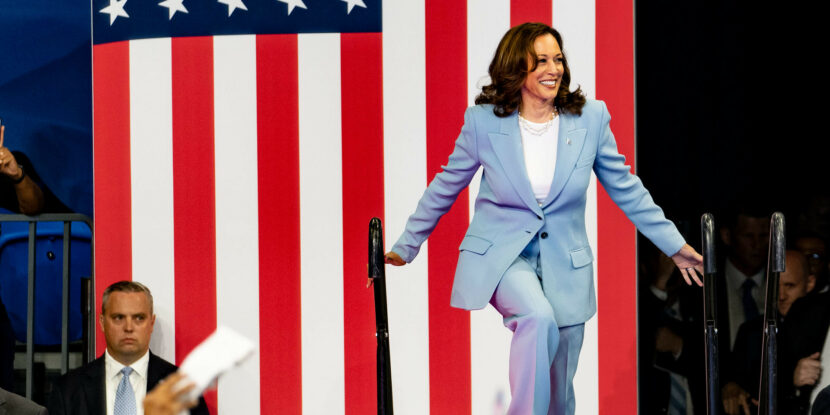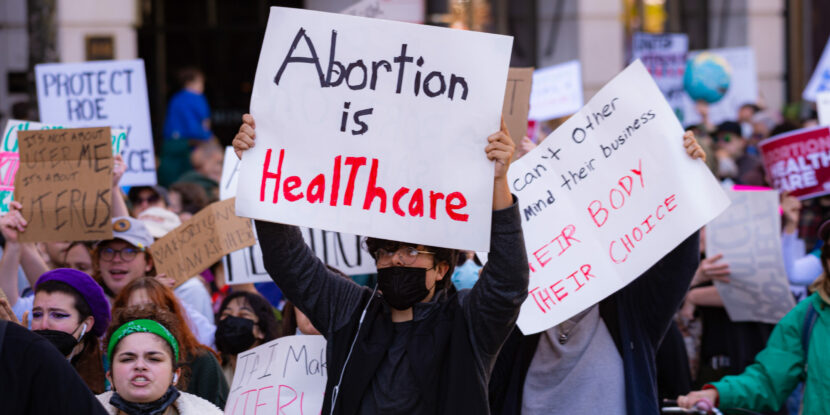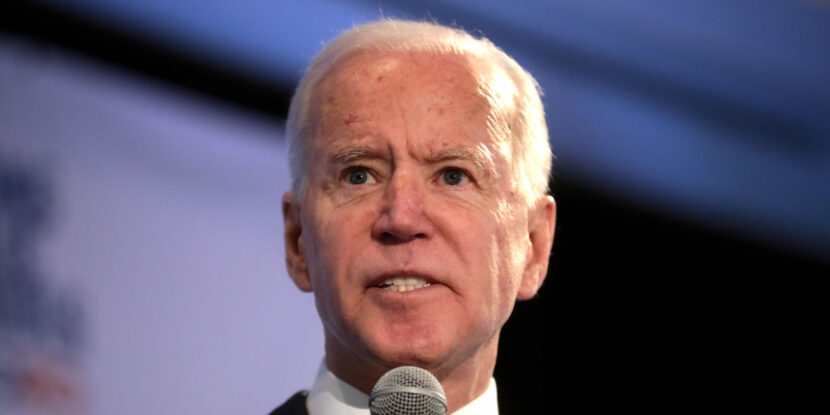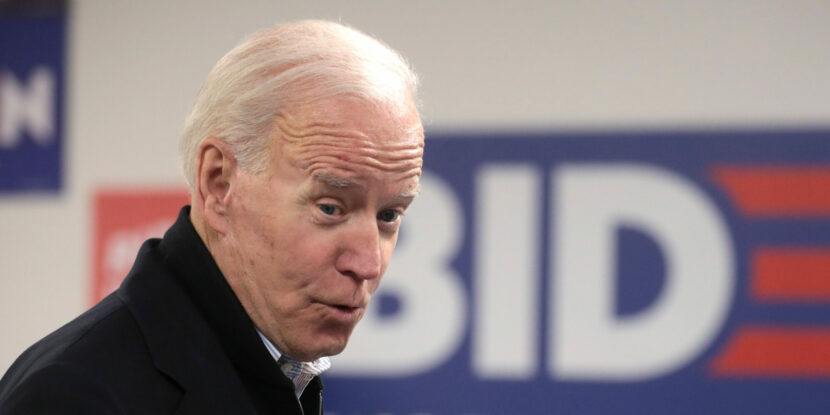Kamala Harris’s 2024 presidential campaign has finally launched a policies section on its campaign website, nearly 50 days after Joe Biden dropped his re-election bid—making Harris the presumptive Democratic Party nominee— and less than 60 days before the November election. The Harris policy agenda is mostly vague platitudes, though what details it does offer appear to be heavily borrowed from both Biden and former President Donald J. Trump.
Absent from the policy website are some of the more radical proposals that Harris campaigned on during the 2020 Democratic Party’s presidential primary, including radical climate regulations, abolishing Immigration and Customs Enforcement (ICE), and slashing police funding. However, the campaign still pushes several far-left plans buried under political platitudes.
NONSENSICAL TAX PLAN.
“Under her plan, the tax rate on long-term capital gains for those earning a million dollars a year or more will be 28 percent, because when the government encourages investment, it leads to broad-based economic growth and creates jobs, which makes our economy stronger,” the Harris campaign’s policy agenda states, seemingly contradicting itself in the same sentence. Harris would see the capital gains tax increase from a top rate of 20 percent to 28 percent. The claim that this would some “encourages investment” is nonsensical, as the capital gains tax is specifically a tax on investment.
Even more troubling is the Harris campaign’s proposal to tax unrealized capital gains, meaning the appreciation value of investments would be taxed even before they’re sold. This could have had a catastrophically stifling effect on the U.S. economy, crippling job growth and investments in key technological innovation.
2008 HOUSING CRISIS REDUX.
The only concrete proposal Harris offers on the U.S. housing crisis is a $25,000 handout to first-time homebuyers, specifically targeted at those who have trouble affording a mortgage. Throughout the 1990s and early 2000s, a series of similar government programs to encourage maximized homeownership directly resulted in the 2008 subprime mortgage lending crisis, which crashed financial markets around the globe.
Aside from the collapse of several major U.S. financial firms and the near collapse of the U.S. banking sector, the 2008 crisis saw nearly 2.5 million foreclosure filings. Additionally, the crisis triggered the subsequent ‘Great Recession,’ which hobbled the U.S. economy for almost half a decade.
PRICE CONTROLS.
Harris’s plan to enact price controls also appears on the policy site. However, the plan is nearly unrecognizable, buried in political platitudes and vaguities. The National Pulse reported in August that the Harris campaign and progressive activists have embraced the grocery price cap idea after struggling to shed voter negativity toward the Biden-Harris government’s handling of the economy.
In 1971, then-President Richard Nixon enacted price and wage restrictions, which—along with the abandonment of the Breton Woods monetary system—resulted in the “Nixon shock.” The aftermath saw the U.S. dollar plunge by nearly a third of its value during the 1970s. Compounded by former President Carter‘s loose fiscal policies, stagflation crippled the U.S. economy throughout the decade.
MORE SPENDING MORE INFLATION.
Throughout the Harris website’s policy page are multiple instances of the campaign doubling down on the inflationary spending measures enacted by the Biden-Harrs government. The campaign heaps praise on the American Rescue Plan—a pandemic-related spending bill that kicked off a period of run-away inflation that has taken nearly four years to reign in.
Additionally, Harris repeatedly emphasizes her “tie-breaking vote on the Inflation Reduction Act,” legislation which, by her own admission, was a backdoor version of the budget-busting and deficit-exploding Green New Deal. In reality, the bill had little to do with reducing inflation—mainly addressed through Federal Reserve monetary decisions—serving instead as a massive subsidy for so-called green jobs and the electric vehicle market.
ENERGY POLICY CONFUSION.
Harris also embraces the far-left’s environmental agenda, promising a radical shift away from fossil fuels. Yet, in the same breath, the policy page also claims that Harris will lower energy costs for Americans—despite green energy being more expensive than traditional fossil fuels.
Despite the campaign’s claim that the Biden-Harris government has lowered energy costs, The National Pulse has reported that since 2021, electricity prices have jumped nearly 30 percent, outpacing the cost increase over the past seven years. Additionally, Harris’s running mate, Governor Tim Walz (D-MN), enacted job-killing green policies, which resulted in crushing industrial electric rates in his state.
BORROWING FROM BIDEN.
The remainder of Harris’s policies appear to be largely lifted from Joe Biden’s now-defunct campaign website. Harris focuses on her support for progressive issues like abortion and expanding diversity, equity, and inclusion (DEI) programs.
Additionally, the policy page repeats Biden’s false attacks on Project 2025—claiming that the independent presidential transition effort is an official arm of the Trump campaign.




















